CTRL+K
CTRL+K
Morocco’s Souss-Massa region is a cultural treasure, and the crown jewel is its collection of museums. These institutions work as the gates to history, consisting of culture, arts and tradition. Visitors walk through the halls featuring objects from ancient times to modern art, and each exhibit tells the story of the rich history and diversity of the region. Among which, the museums emphasize the peculiar Berber culture shining a light on the aboriginal Amazigh people. Moreover, the museums of natural history are a picture of the region’s ecological biodiversity, which highlights the need for conservation. Unifying natural and cultural history develops the museums of Souss-Massa as significant destinations for discovering Morocco’s southern area.
The building in the form of the Agadir Memory Museum stands as the faithful talebearer of the city soul, after the horrible earthquake in 1960. In fact, it is more than a memorial; it is also a tribute to Agadir’s inspiring comeback and resurrection.It not only memorializes the unfortunate event but also celebrates Agadir’s remarkable recovery and revitalization. The museum mixes displays of artifacts – some of them recovered – with cutting-edge multimedia exhibits to give a visitor a close look at the catastrophe and the aftermath of the silent recovery of the city. Humanization of surviving narratives of the witnesses suggest the personal approach to the exhibition, transforming visitors into participants of the story. Speaking from an architectural point of view, the museum has fused traditional Moroccan designs with modern aesthetics which beautifully showcases Agadir’s fulfillment of modernity through the awareness of its deep national identity values (the resilience and the transformation).
In the Amazigh Heritage Museum, we are introducing a very lively exploration into the valuable cultural background of the Amazigh (Berber) people. This is one of the museums which is popular with its complete collection of traditional costumes that are displayed in order to represent all the tribes which are in the area. There is also a part of the museum dedicated to the Amazigh linguistic variety which displays the different dialects and writing systems of this ethnic group. The displays of the traditional farm and craft tools emphasize the cultural bond of the community with their land and the as learned skills from the ancestors and further passed on to other generations.
In the very center of Tiznit, The Silver Museum is the show stopper of the town owing to its spectacular silver jewelry. Living in a rebuilt structure where a local craftsman previously resided, the museum not only displays art but also acts as a social and cultural center. It has different rooms, every one of them focuses on the different silver application intentionally in Berber culture including the ceremonial wear and the intricate decorative items. In addition to exhibiting these shining pieces of art, the museum also keeps the craft alive through workshops and live performances by professional craftsmen. Therefore, by using this interactive method, the viewers are able to get in touch with the traditional skills and cultural significance of silver in Tiznit.
Dar el Baroud in Taroudant not only functions as a museum but is also a state of the art cultural hub. Its extensive army and weapon collection covers the era from ancient to the modern, and is a perfect example of martial tradition of the area. Not only that, but the museum is also blessed with a truly unique and precious collection of old manuscripts and maps, which illustrate the old routes that once were so alive in Taroudant. Apart from its function as a receptacle of artworks, Dar el Baroud transfigures to a vivid place for cultural ceremonies and traditional music recitals. This combination of historical exhibits with exciting cultural activities therefore brings forth a genuine and moving experience which enables visitors to relate to the area’s rich history as well as its lively present.
Agadir’s Historical Memory Space of Resistance and Liberation is dedicated to the memory of Morocco’s struggle for freedom from colonial power. The museum is purposely located in Agadir which is a city with its own links to the history of the independence struggle. The shows include a great amount of artifacts, personal accounts, and multimedia materials that reveal the terrible warfare and the complexity of the peace negotiations. Created as a place of knowledge and motivation, the space serves to preserve as well as honor the bravery of the ones who fought for the freedom of Morocco and makes it the irreplaceable cultural feature of Agadir.
The Claudio Bravo Palace in Taroudant is a magically place, which symbolizes Claudio Bravo, a well known surrealist artist from Chile. Bravo, who has lived in Morocco since 1972, is spellbound by the light, which plays a pivotal role in his artworks. The museum is located on a 75-hectare estate at the foot of the High Atlas Mountains, and it displays his work and the works of his contemporaries such as Pablo Picasso in different corridors. One can find here a park with a mausoleum decorated with Moroccan ceramics, a horse stable, and a park adorned with sculptures too. Visitors can have a peacefulful tea time in front of the Menara-like pond which is nestled among the snowy range of Atlas mountains.

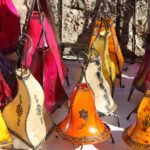
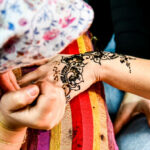
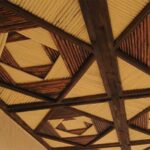


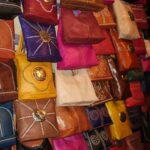

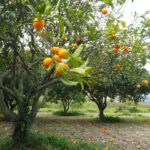


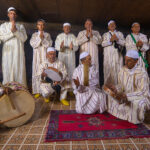





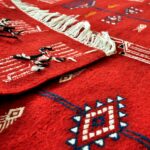







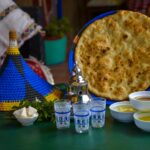

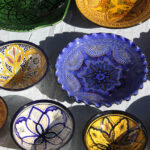
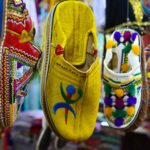
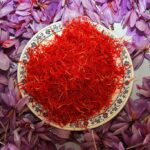



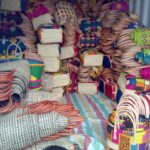
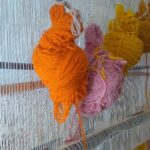
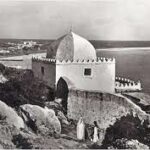
There are no results matching your search.
Reset